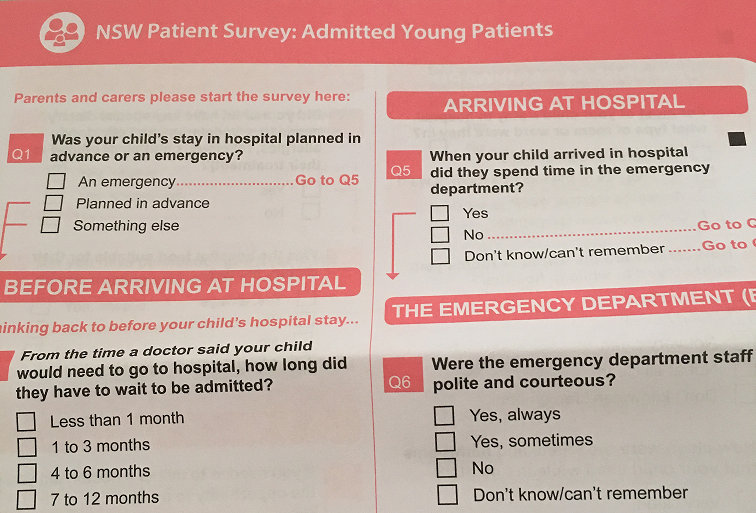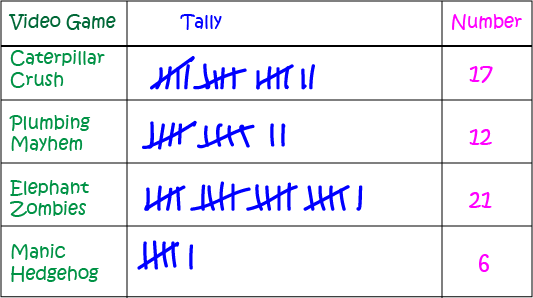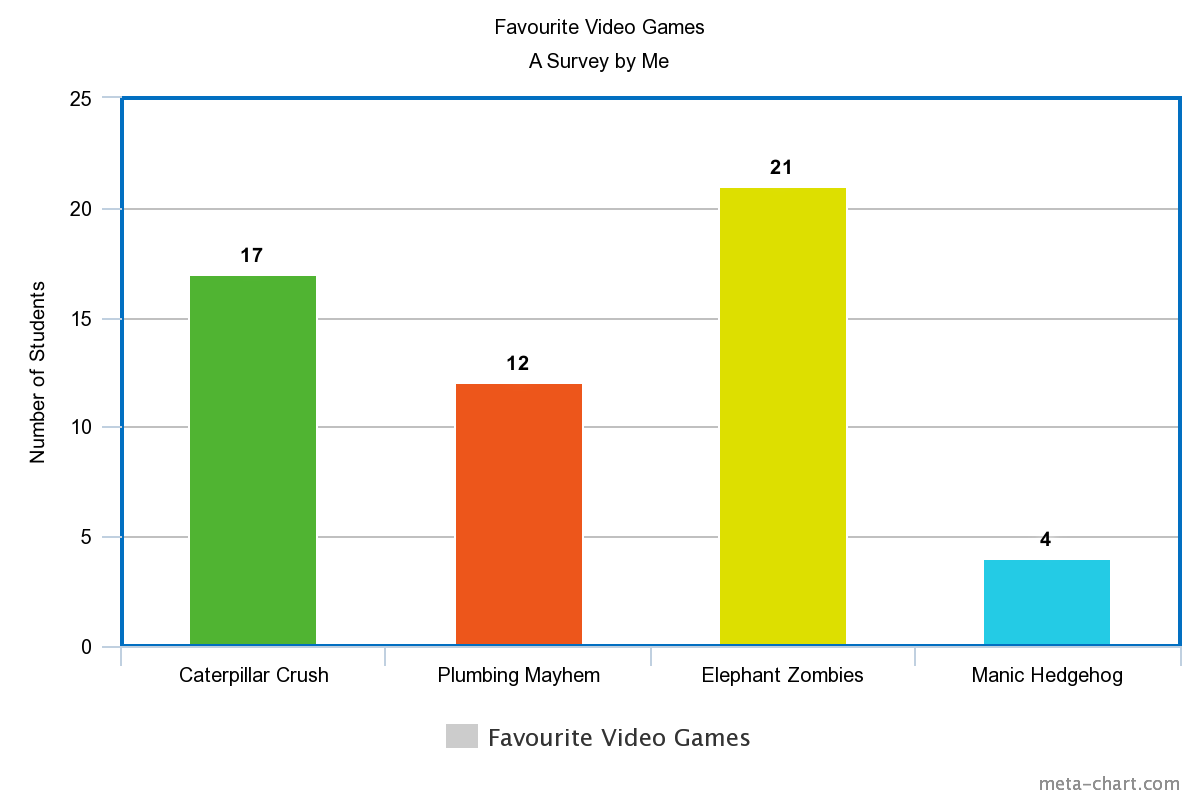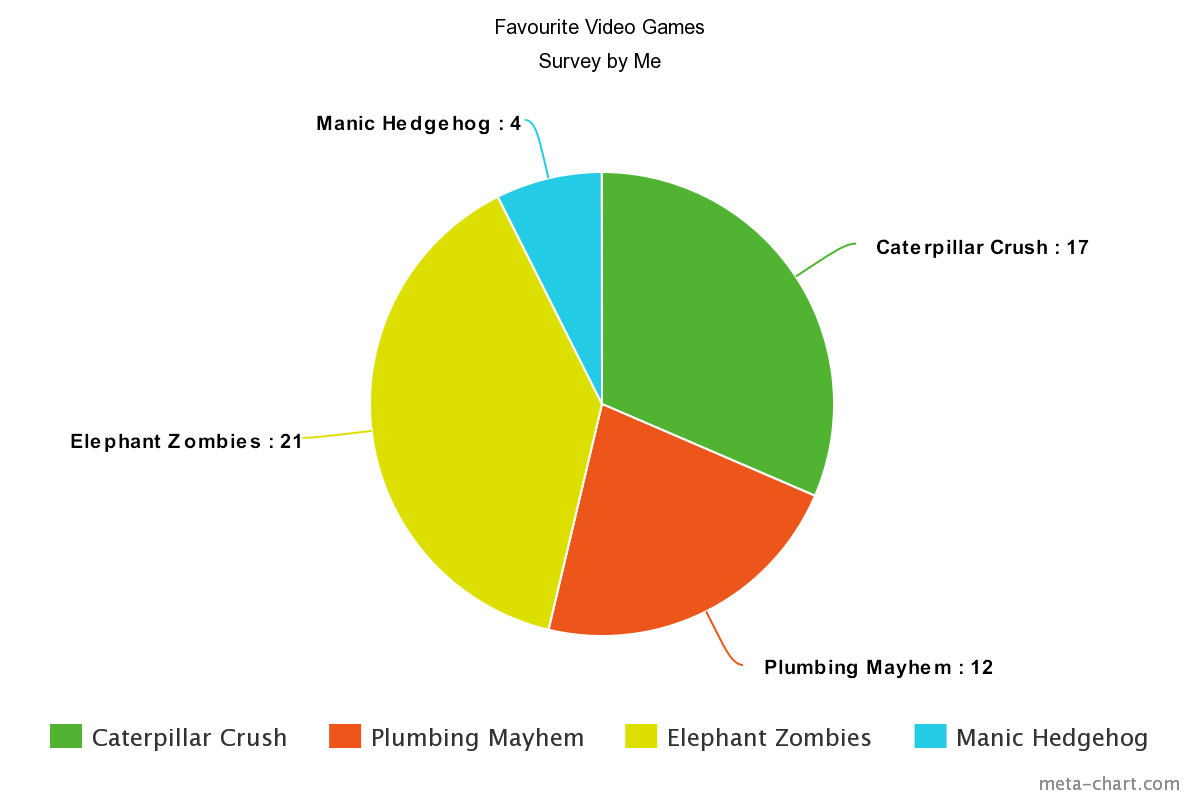Surveys
Chapters
Doing a Survey (Year 10+)
Doing a Survey (Year 10+)
Surveys

A little while ago, Christo was in hospital. It wasn't anything serious: he needed to have an endoscopy because he of stomach pain. He has recovered now. We received a survey form in the mail and were asked to use it to provide feedback about Christo's experiences in the hospital.
Surveys are used very frequently. They might be used to find out which TV shows are most popular, which party is likely to win the next election, and which products people are likely to buy. It seems that people are doing surveys all the time.
Surveys can help us to find out about things that need to be fixed, or changed, or which make people unhappy. Governments can use surveys to find out where money needs to be spent. Christo's survey was designed to find out how things could be made better for young patients in NSW hospitals.
We can also survey things like levels of air pollution or the number of empty seats on a train service. Archaeologists use surveys as the first step in deciding whether to make excavations.
The nice thing about surveys is that you can do them yourself. They don't need to be official, or very complicated. You don't need a lot of computer equipment to do a survey. You can simply go around and ask your friends what they think about something. Surveys can answer questions about anything at all.
Conducting a Survey
If you are going to conduct a survey, you need to work out a few things first:
- Work out what you want to find out.
- Write your questions.
- Decide who you are going to ask.
- Collect your data (ask your questions).
- Put all the results together.
- Work out how you're going to display your results.
- Write a report.
What do you want to find out?
Before you start writing or asking questions, you really need to work out what it is you want to find out, and why. What are you going to use your data to do once it is collected? Answering this question will help you to decide what questions to ask.
You might only want to find out something simple, like the most popular movie that's showing at the cinema at the moment, or you might need to find out something more complicated, like which times of the day the bus from Mount Colah to Hornsby is more crowded, and why. The first one might help you to decide which movie you should go and see next. The second one might help you to decide the time at which you will catch the bus.
For example, Sam is planning a video games event for the students at his school. He needs to find out which games are the favourites among the students at his school so that he can make sure his school has multiple copies of them. He knows what he wants to ask, and what he will do with the data once he's collected it, so he's ready to write the questions for his survey.
Writing the Questions
You need to make sure that the questions you write are easy to answer.
If you want to find out something that's complicated, don't write a complicated question. It might be a better idea to write two or three simpler questions.
For example, if you want to find out about the most popular video games amongst the students at your school, you only need to ask a simple question like "What is your favourite video game?".
Someone who wants to know about the times of the day when the buses are crowded might need to ask a number of different questions like: "How many empty sets are there on the 9 am bus?", "How many empty seats are there on the 11 am bus", and so on. To find out why the bus is so crowded at different times, they might need to ask questions like "When do you go to work on the bus?", "When do you use the bus to go shopping?", or "Why do you catch the bus?". Complicated data needs a series of questions.
Asking Your Questions
People don't always want to answer survey questions. Sometimes they're just too busy, and sometimes they find surveys boring. When you are recording the results from your survey, make sure you record the people who don't want to answer as having given "no response".
It helps to try and make the survey a bit more interesting for your respondents (the people who are answering your questions).
Sometimes, if you can explain how the results of a survey might help your respondents, it can make them more likely to answer your questions. It might also help to come up with a creative way of asking your questions.
The way you ask your questions can actually change the results of your survey. For example, only certain types of people will respond to surveys on the computer.
Deciding who to ask
There are two choices here:
- Ask everyone! This is called a
censusand may not always be possible for large groups. - Choose a small section of the population, called a
sample, to ask.

If you decide to choose a sample to ask, you need to be extra careful. Making the wrong decisions on who to ask can change the results of your survey. For example, if you want to find out what the most popular sport is, it probably isn't a good idea to choose \(100\) people from the crowd at a cricket match and ask them for their favourite sport. Many of them are likely to say "cricket".
It's best to choose your sample randomly so as to avoid bias like this in your survey results. You might choose them randomly from the telephone book, or a list like the electoral role. Maybe you could
stand at the school or university gates and ask every 10th person what their favourite sport is as they come through the gates.
Bigger samples are also better than smaller samples. Hopefully, if you choose your sample carefully enough, you'll be able to use the results for your sample to make predictions about the results for the whole population.
Putting the Data Together
The first thing to do is to add up the number of each response that is given. This might involve using spreadsheets for more complicated surveys, or writing down tally marks for less complicated surveys.
The survey about favourite video games is very simple. You could just use tally marks to record its results.

Can you see how the tally marks are arranged into groups of \(5\)? The groups of \(5\) are then totalled up to work out how many people have each video game as their favourite. To find out more about tally marks, have a look at the article on tally marks.
Displaying the Data
There are many different ways that you can display the data from a survey. The choices you make depend on how much data you have and what sort of data it is. To find out more, have a look at the article on displaying the results from a survey. For now, here's a quick summary of the different methods that are available.
Tables
If your data isn't very complicated, you can simply report the results in a table. Tables should have titles, and each column should have a heading so that people looking at the table are able to understand what the data in the table is showing.
Here's a table of the data collected from the video game survey

Statistics
Statistics like the mean, maximum and minimum values, and standard deviation can be used to give you a summary of the results from survey.
For example, if you survey the people in your class to find out how old they are, it might be more meaningful to report a summary like this, rather than a list of exact ages:
- Youngest Person: \(7\) years
- Oldest Person: \(9\) years
- Average Age: \(8.2\) years
Graphs
Graphs provide a useful way to summarise your data. They can make it easy to see the relative sizes of different categories, or they can highlight trends in your data.
Here are some of the graphs that we might use to display the video game data:

A bar chart.

A pie chart.
To find out more about displaying data, read the articles on displaying your data and bar charts.
Write a report
Finally, you should write a report that talks about what you have found out, any conclusions you have drawn, and what action you have taken as a result of your survey.
Conclusion
So, you see, you can do your own surveys. It doesn't involve a lot of complicated computer equipment. Just a pencil and paper are more than enough. Why don't you think of some things you would like to know and go out and do your own surveys? Have fun!
Description
A Survey is defined as a research method used for putting together data from a pre-defined group of respondents to gain information and insights on various subjects of interest. Surveys have a range of purposes and can be carried out in several ways depending on the approach chosen and the goals to be achieved.
We'll explore more on surveys in these chapters
Audience
Year 8+ students
Learning Objectives
We'll find out how to do a survey plus how to display the results of a survey.
Author: Subject Coach
Added on: 28th Sep 2018
You must be logged in as Student to ask a Question.
None just yet!